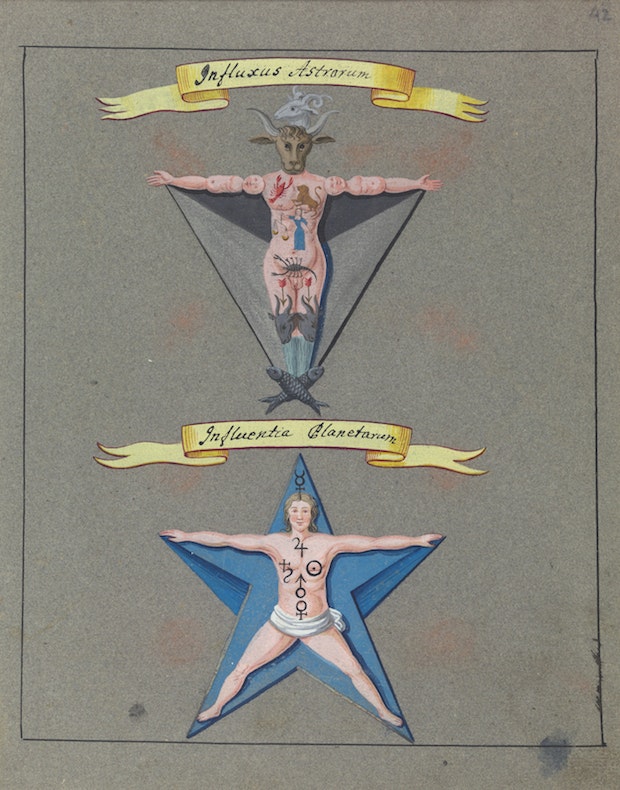Growing up, we assembled our worldview from several different sources: parents, siblings, classmates. But for most of us, wherever and whenever we passed our formative years, nothing shaped our early perceptions of life as vividly, and as thoroughly, as cartoons — and this is just as Lenin knew it would be. “With the establishment of the Soviet Union in 1922,” writes New York Times film critic Dave Kehr, “Lenin proclaimed the cinema the most important of all the arts, presumably for its ability to communicate directly with the oppressed and widely illiterate masses.”
Lenin certainly didn’t exclude animation, which assumed its role in the Soviet propaganda machine right away: Soviet Toys, the first U.S.S.R.-made cartoon, premiered just two years later. It was directed by Dziga Vertov, the innovative filmmaker best known for 1929’s A Man with a Movie Camera, a thrilling articulation of the artistic possibilities of documentary. Vertov stands as perhaps the most representative figure of Soviet cinema’s early years, in which tight political confines nevertheless permitted a freedom of artistic experimentation limited only by the filmmaker’s skill and imagination.
This changed with the times: the 1940s saw the elevation of skilled but West-imitative animators like Ivan Ivanov-Vano, whom Kehr calls the “Soviet Disney.” That label is suitable enough, since an Ivanov-Vano short like Someone Else’s Voice from 1949 “could easily pass for a Disney ‘Silly Symphony,’ ” if not for its un-Disneylike “threatening undertone.” (Not that Disney couldn’t get darkly propagandistic themselves.)
With its magpie who “returns from a flight abroad and dares to warble some of the jazz music she has heard on her travels” only to have “the hearty peasant birds of the forest swoop down and rip her feathers out,” Someone Else’s Voice tells a more allegorical story than those in most of the shorts gathered in this Soviet propaganda animation playlist.
The playlist’s selections come from the collection Animated Soviet Propaganda: From the October Revolution to Perestroika; “workers are strong-chinned, noble, and generic,” writes the A.V. Club’s Tasha Robinson. “Capitalists are fat, piggish cigar-chompers, and foreigners are ugly caricatures similar to those seen in American World War II propaganda.” With their strong “anti-American, anti-German, anti-British, anti-Japanese, anti-Capitalist, anti-Imperialist, and pro-Communist slant,” as Kehr puts it, they would require an impressionable audience indeed to do any convincing outside Soviet territory. But they send an unmistakable message to viewers back in the U.S.S.R.: you don’t know how lucky you are.
Related Content:
Watch Dziga Vertov’s Unsettling Soviet Toys: The First Soviet Animated Movie Ever (1924)
Animated Films Made During the Cold War Explain Why America is Exceptionally Exceptional
Based in Seoul, Colin Marshall writes and broadcasts on cities, language, and culture. His projects include the Substack newsletter Books on Cities, the book The Stateless City: a Walk through 21st-Century Los Angeles and the video series The City in Cinema. Follow him on Twitter at @colinmarshall or on Facebook.







